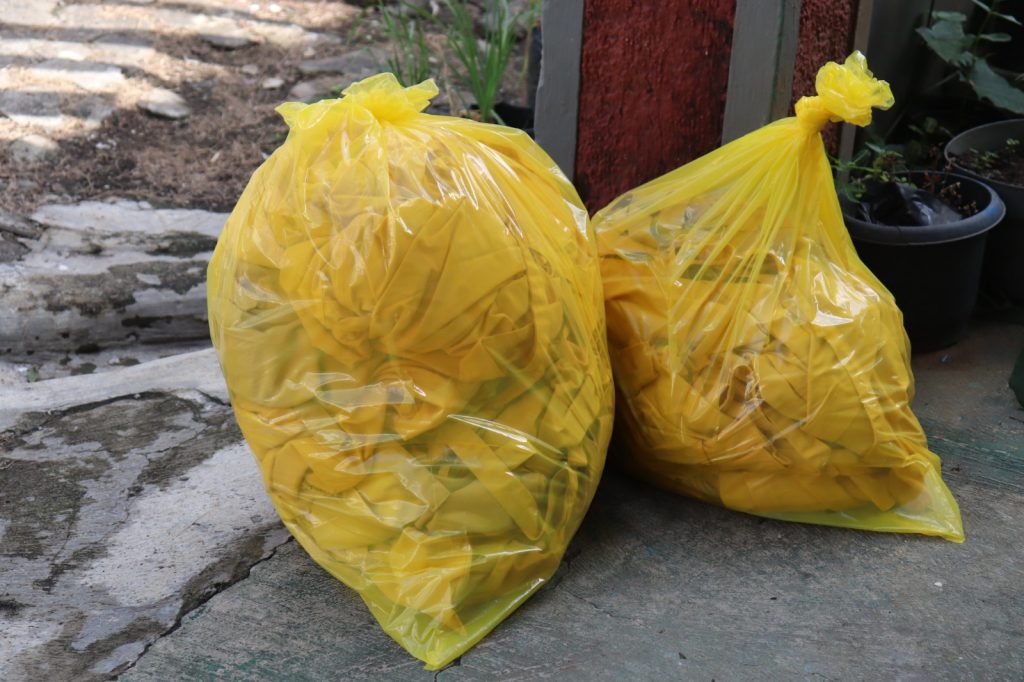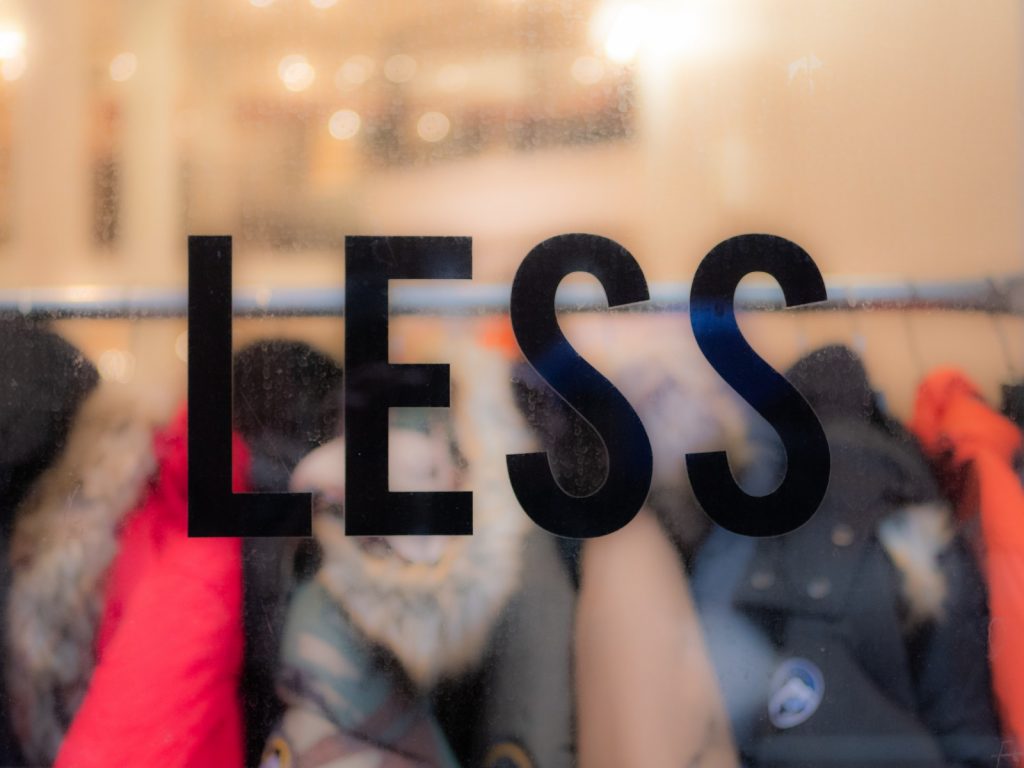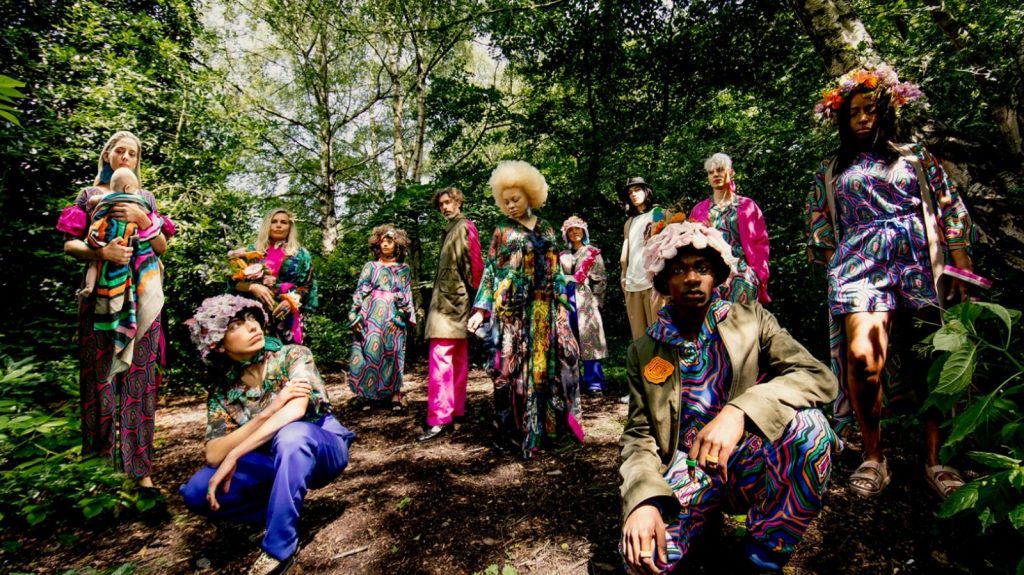It’s no secret that the way we live on this planet is unsustainable. By 2040 our consumption of the planet’s natural resources is expected to reach 170% of the Earth’s capacity. We won’t be able to live like that for very long!
Luckily, though, that increase isn’t inevitable. We still have time to change our actions and become conscious consumers, reducing our carbon footprints to keep our planet happy and healthy. This all begins with holding the industries we buy from accountable for their actions, and at Finsu we’re starting with fashion.
We’ve identified five areas where the clothing industry is failing the planet and five areas we should all focus on for a more hopeful future.
5 Ways Fashion is Failing Our World
Let’s start by taking a look at the negative impact this industry has on our planet. These aren’t all of the problems and they only really scrape the surface of the issues, but they are prominent ways in which our love of fast fashion is ruining the planet.

1. Excessive Carbon Emissions
The fashion industry accounts for up to 10% of the world’s total carbon emissions. For the processes of just one sector, that’s excessively high! These emissions are produced at every stage of clothing manufacture, from the sourcing of raw materials to the transport used to get fashion from its country of origin to the shops it will be sold in, and it’s taking a huge toll on our planet.
2. Overproduction and Fast Fashion
In days gone by, before the arrival of fast fashion, clothing worked in seasons. Fashion designers launched only two to four collections a year, and people only bought when the season changed or when they had to. Now, though, it’s a completely different story.
Fast fashion brands like SheIn, Boohoo, Zara, and PrettyLittleThing are continuously pumping out new clothes, with SheIn dropping around 1000 new items every single day. How can the planet possibly keep up with that? This overproduction at lightning speeds is leading to more textile waste than we’ve ever seen, with one truckload being dumped in landfills or burnt every single second.

3. Plastic Pollution
Clothing is a major issue in plastic pollution. Fabrics like polyester and acrylic, which are both plastics, release tiny microplastics into the water every time they’re washed. These are impossible to filter out of our water, ending up in our oceans and even in our drinking water (yes, we really are drinking plastic!).
When these clothes are finished with, they often end up sitting in landfills where they’ll slowly break down into microplastic over thousands of years. Even though your t-shirt may be gone, the plastic used to make it will still be there.
4. Water Use
Almost 20% of the world’s water waste is produced by the fashion industry. One figure from 2017 (a bit old, we know, but still relevant) found that in one year the water consumed by this industry was enough to fill 32 million Olympic-sized swimming pools. Unimaginable!
This increases water stress – particularly in countries like India and China where cotton production is based – and leads to droughts and water scarcity. As these issues increase, countries may face a time when they have to choose between drinking water for their people and water to produce clothes to meet the world’s demands. Which do you think they’ll pick?
5. Chemical Pollution
It’s not just using the water that’s a problem, it’s also polluting it. After the oil industry, the fashion industry is now the second-largest polluter of our planet, and it’s pumping more and more chemicals into our land each year. In the process of turning raw materials into a useable fabric, over 8000 synthetic chemicals are used!
These are added to the massive amounts of water needed, making what was freshwater now contaminated and undrinkable. The water is then fed directly back into the ecosystems around the manufacturing sites, which are usually in the developing part of the world, and contaminate entire waterways. These aren’t disused, abandoned waterways, either. They’re systems that people and animals rely on to survive.
5 Reasons to be Hopeful For the Future
Luckily, it’s not all doom and gloom in the fashion world right now! As we learn more about how the clothing we wear is damaging the planet, incredible people are rising up to put a stop to this industry’s bad behaviour. From everyday consumers to scientists, people are coming together to create a more hopeful future.
1. Consumers Are Turning to Conscious Fashion
“Sustainability” is becoming one of the most searched terms in the fashion world. Sustainable materials, like Econyl, Tencel, and organic cotton have also seen a meteoric increase in searches as consumers go out of their way to learn and source eco-friendly fashion. Demand is shifting.
You only have to step into a high-street shop to see this in action. Brands are continuously shouting more about their eco achievements, with labels boasting of recycled materials and less water use, and it’s obvious that something big is happening here. If the leading brands are trying to market themselves as sustainable, it’s because the consumer is demanding it.
2. Big Brands and Science-Based Targets
Even the biggest names in fashion are now turning to science to lay out realistic plans for a more sustainable future. Brands are signing up for the Science Based Targets Initiative which works to reduce emissions of companies to meet global targets, and they’re working to do this throughout the entire supply chain. This isn’t just a marketing ploy, it’s real action that could transform the industry.

3. Buying New is Old-Fashioned
As consumers become more aware of the impact of fast fashion, they’re turning instead to second-hand markets. By buying vintage and preloved clothing, the demand for new pieces drops and the impact of your wardrobe on the planet decreases drastically! It’s not just a few people doing this either: it’s an entire movement!
Companies like Vinted and Depop are growing exponentially, as are rental clothing companies offering you a constantly evolving wardrobe without the negative impacts. ThredUp, a retail platform, estimates that by 2024 our second-hand spending will have doubled from 2019 to reach a whopping $64 billion (around £49 billion).
4. Younger Brands Are Setting the Standard
New brands are setting the industry standard. As consumer demand increases, fashion brands popping onto the scene are showing an ever-increasing knowledge of their clothing’s environmental impact and taking steps to stop it. From ditching polyester to investing in innovative farming methods that help rather than hinder the planet, these young brands are laying the groundwork for others to follow.
Finsu brings these companies together. From Bedstraw and Madder, who source their materials through regenerative farming techniques that actually has a positive impact on the Earth, to Love Hero, who are using organic cotton, digital printing technologies, and are tracing their entire supply chain, there are a wealth of brands we can all feel hopeful about!

5. Innovation, Innovation, and More Innovation
The world of sustainable fashion is fast-growing and constantly evolving. New technologies are being developed yearly to create an industry that’s more sustainable and forward-thinking, with scientists and designers working together to create innovative solutions to fashion’s problems.
Pineapple waste is being used to create leather, augmented reality is reducing returns waste, and virtual sampling in design is cutting down the number of samples needed to create one garment (previously one finished design could take 20 or more different samples, all of which end up as waste). The world of fashion is changing quickly, and in just ten or twenty years’ time, the way we source, produce, and buy clothing could have been entirely revolutionised to have a positive impact on the planet. We don’t know about you, but to us, that sounds pretty hopeful.
Get Involved With Sustainable Fashion at Finsu
At Finsu, we believe that the fashion industry can be a positive place. That’s why we’ve created our platform, bringing together all of the best sustainable brands who are working to create a new, eco-friendly way of bringing clothes to consumers. If you’re looking for young companies doing incredible things, start browsing through our collections!
